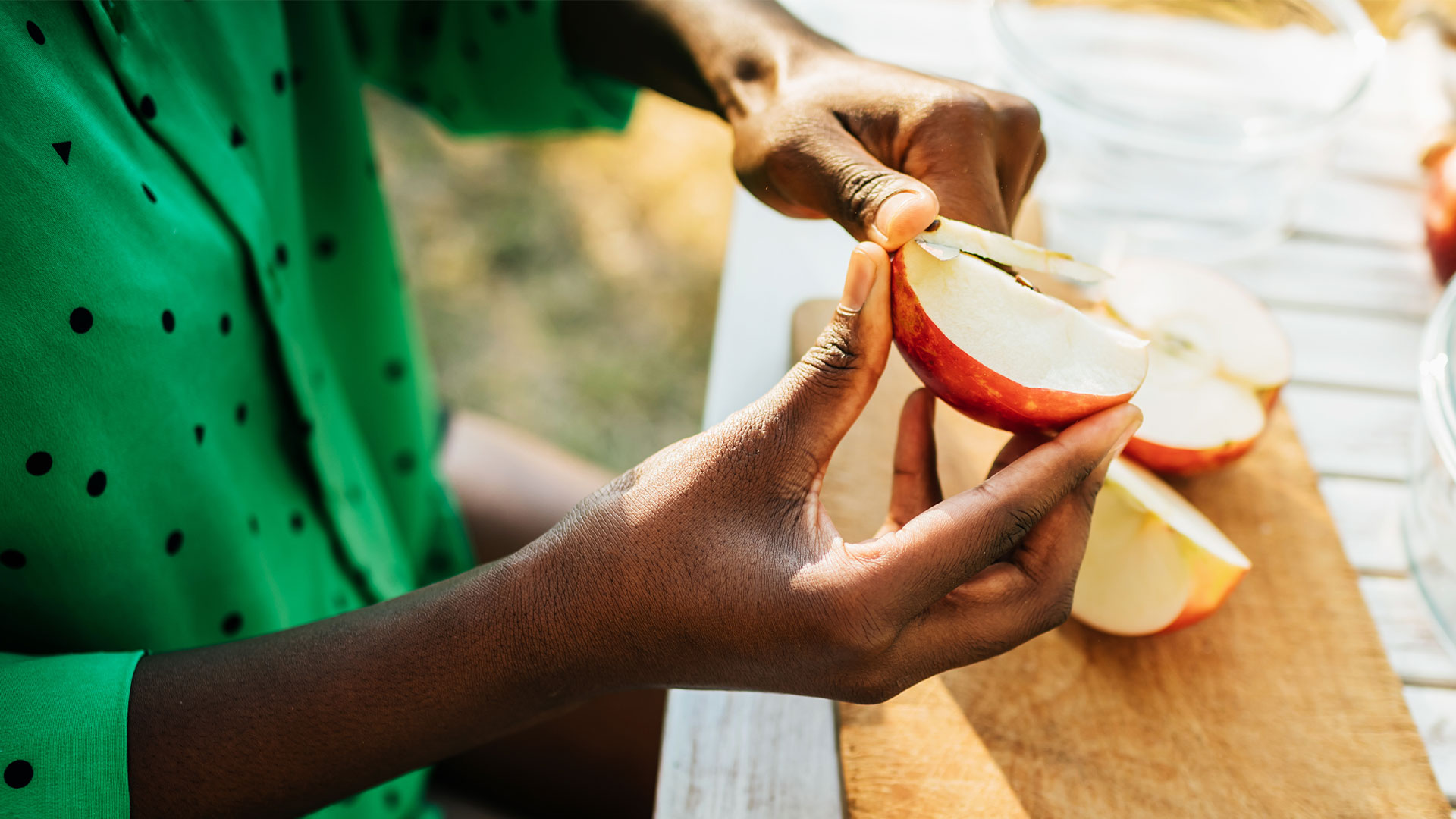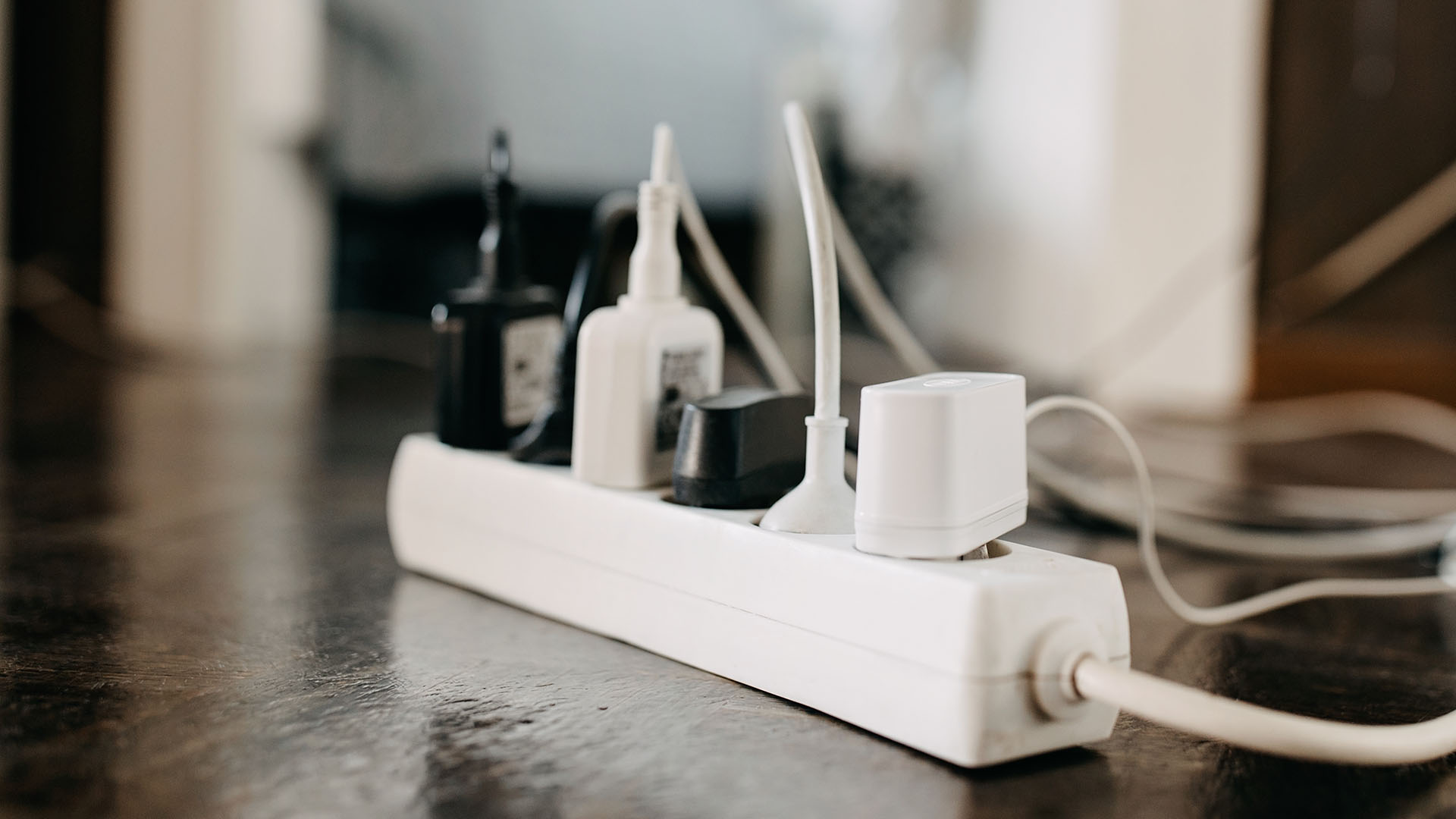We live busy lives with never-ending to-do lists, so grabbing supper at the drive-through or settling for a garage pie and fizzy drink at lunchtime is always tempting. There’s nothing wrong with fast food as an occasional indulgence, but if it becomes a daily habit, it’s not a healthy diet.
The World Health Organisation (WHO) advises that maintaining a healthy diet throughout your life helps to prevent malnutrition in all forms, as well as a range of non-contagious diseases and conditions. ‘However,’ WHO warns, ‘increased production of processed foods, rapid [urbanisation] and changing lifestyles have led to a shift in dietary patterns. People are now consuming more foods high in energy, fats, free sugars and salt/sodium, and many people do not eat enough fruit, vegetables, and other dietary fibre such as whole grains.’
The ‘Food Plate’ model is a popular way of ensuring a healthy diet – meals consist of 50% vegetables and fruits, 25% whole grains and 25% protein, with healthy fats in moderation. However, prepping a lunch box featuring a rainbow of veggies and protein according to the model can be time-consuming or costly – which is why so many of us opt for on-the-go meals that don’t always contain the correct balance of micro- and macronutrients that we need.
With a few tips and some planning, however, healthy eating doesn’t have to be a chore or stress your budget. Registered dietitian Paige Moolman says, ‘Healthy eating doesn’t need to be fancy – keep it simple. Your plate should consist of whole-grain starch, lean protein, healthy fat and lots of salad or vegetables.’
6 tips for eating healthy on a budget
1. Make meal plans and prep ingredients in advance
Meal planning and preparation (meal prep) once a week is an underrated time and money saver. You can download a meal prep chart for free from the internet or just jot one down on paper – it really doesn’t have to be fancy or complicated. Sketch a menu for each meal and list the ingredients you’ll need. This way, you’ll know exactly what your meals will be and what ingredients to buy.
If you set aside time for meal prep after your weekly shop, you can sort out tasks like marinating or pickling in advance. You can cook rice, pasta or pap for the week and store it in the fridge. Get a few airtight containers – you can find them at Avo SuperShop while you’re buying groceries – and you can pack your lunchbox every night, ready to grab and go when you leave for work the next morning.
Paige recommends considering batch-cooking food and freezing it, and freezing leftovers for those busy days when you finish work late. It’s easier to resist the lure of takeaways, she says, when you know there’s a healthy balanced meal in the freezer.
2. Make a shopping list
How many times have you said, ‘I’m just going to grab a few things’ when you go to the shop, and then left with a trolley full of items you didn’t budget for and don’t really need? To avoid this, make a shopping list every time you shop, whether online or in-store. Thanks to your meal prep, you’ll know exactly what ingredients you need for the week. You’ll save money and avoid the guilt of eventually throwing out a sad bag of wilted lettuce forgotten in the back of your fridge.
3. Don’t fall for gimmicky foods and drinks
There is no such thing as low-calorie water or magical elixirs that will give you a perfectly chiselled 6-pack. When it comes to maintaining a healthy lifestyle, there are no quick fixes or miraculous potions. Save your money and avoid disappointment by sticking to the basics.
Freeze your own fresh vegetables in portion sizes that meet your needs
‘If something sounds too good to be true, it’s probably because it is,’ says Paige. ‘Small lifestyle changes that are actually sustainable are much more effective in improving one’s overall health. Try setting a new goal every couple of weeks that you spend time focusing on, and eventually [it will become] a habit. An example could be trying to drink 6 to 8 glasses of water daily. In the beginning, it may be difficult to adhere to, but after a few weeks, it will become part of your routine.’
4. Use spray oil
Fats and oils are essential for a well-balanced diet – but in moderation. We often use more oil than we need to, and non-stick oil sprays help you avoid that. Or buy a reusable spray bottle that you can fill with olive, sunflower or canola oil and refill as needed. You’ll be pleasantly surprised at how this little change makes a big difference to your overall health without compromising the taste of your food.
5. Invest in an air fryer
Air fryers can be costly, but they’re an investment worth making. An air fryer will save you time (it heats up faster than an oven) and money (it uses less electricity than an oven), so it’s worth putting the money you’re saving by shopping strictly according to your list into a savings pocket labelled ‘air fryer’ every week. Alternatively, you’ll find a range of excellent options for families or individuals on Avo, with payment options available, so you don’t have to pay a lump sum all at once.
6. Freeze your veggies
Buying prepacked frozen veggies is convenient and can help avoid waste – although they cost more than fresh produce. Smaller households like singletons and couples get the worst deal – it’s cheaper to buy fresh fruit and vegetables in bulk, but you lose a lot of food that spoils. The solution is to freeze your own fresh vegetables in portion sizes that meet your needs.
Pick a day of the month on which to buy and prep all your vegetables (you can also use this hack for fruit if you’re a fan of smoothies). Clean, cut, rinse, and pat the slices dry, before storing them in zip-lock freezer bags (Avo has a variety of options here as well). You can pack each type of fruit and vegetable individually or combine a variety in some mixed-veg and mixed-fruit-smoothie packs.
Sign up on Avo SuperShop for all your online shopping needs.








